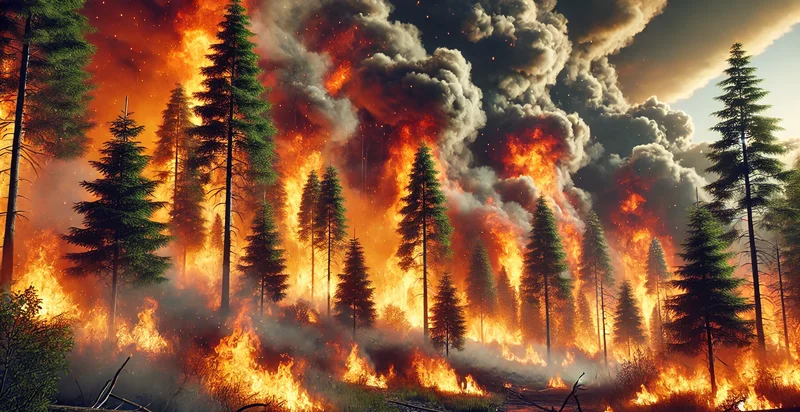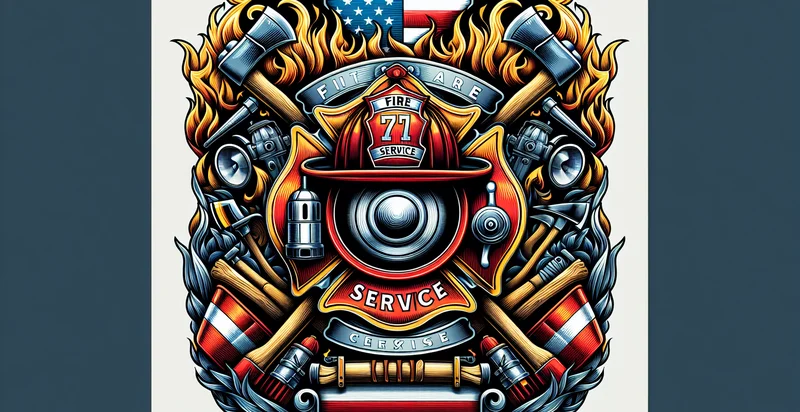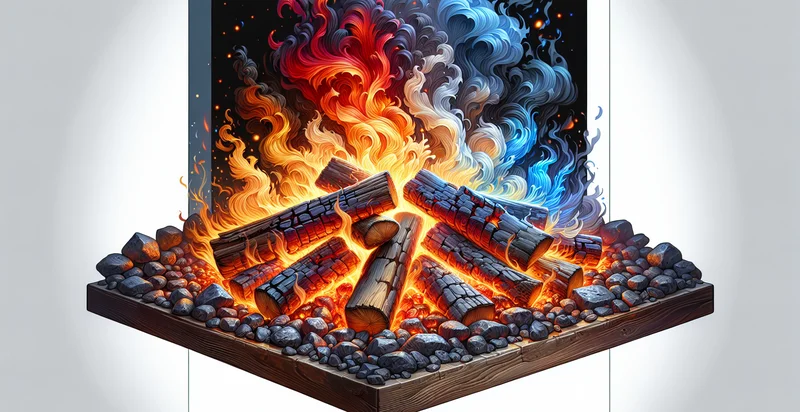Identify whether people are around the fire
using AI
Below is a free classifier to identify whether people are around the fire. Just upload your image, and our AI will predict if people are around the fire - in just seconds.

Contact us for API access
Or, use Nyckel to build highly-accurate custom classifiers in just minutes. No PhD required.
Get started
import nyckel
credentials = nyckel.Credentials("YOUR_CLIENT_ID", "YOUR_CLIENT_SECRET")
nyckel.invoke("whether-people-are-around-the-fire", "your_image_url", credentials)
fetch('https://www.nyckel.com/v1/functions/whether-people-are-around-the-fire/invoke', {
method: 'POST',
headers: {
'Authorization': 'Bearer ' + 'YOUR_BEARER_TOKEN',
'Content-Type': 'application/json',
},
body: JSON.stringify(
{"data": "your_image_url"}
)
})
.then(response => response.json())
.then(data => console.log(data));
curl -X POST \
-H "Content-Type: application/json" \
-H "Authorization: Bearer YOUR_BEARER_TOKEN" \
-d '{"data": "your_image_url"}' \
https://www.nyckel.com/v1/functions/whether-people-are-around-the-fire/invoke
How this classifier works
To start, upload your image. Our AI tool will then predict if people are around the fire.
This pretrained image model uses a Nyckel-created dataset and has 2 labels, including No People Around Fire and People Around Fire.
We'll also show a confidence score (the higher the number, the more confident the AI model is around if people are around the fire).
Whether you're just curious or building whether people are around the fire detection into your application, we hope our classifier proves helpful.
Related Classifiers
Need to identify whether people are around the fire at scale?
Get API or Zapier access to this classifier for free. It's perfect for:
- Event Safety Monitoring: In outdoor events like concerts or festivals, security teams can use the fire presence identifier to monitor whether people are congregating around fire pits or bonfires. This information can help ensure safety regulations are being followed and that emergency personnel can be alerted in case of potential hazards.
- Wildfire Detection: Fire management agencies can leverage the identifier to determine if people are near controlled burns or areas prone to wildfires. By receiving real-time alerts, they can take proactive measures to evacuate people from dangerous zones and prevent uncontrolled fires from spreading.
- Camping Safety Alert System: Campgrounds can implement this identifier to monitor designated fire areas where campers are allowed to gather. If unauthorized individuals are found around a fire, alerts can be sent to park rangers to minimize risks associated with fire misuse and ensure visitor safety.
- Insurance Risk Assessment: Insurance companies can use this classification function to evaluate risks associated with properties near fire sources. By identifying activity around fire pits and bonfires, insurers can better assess potential claims related to property damage or liability arising from fire incidents.
- Smart Home Integration: In smart home environments, this function can help monitor outdoor fire pits and grills. Homeowners can receive notifications if unauthorized individuals or pets are too close to a fire source, allowing them to take timely action to prevent accidents.
- Fire Education Programs: Educational organizations can utilize the identifier in programs aimed at teaching fire safety and prevention. By tracking the presence of people around fires during demonstrations, educators can provide interactive learning experiences that emphasize responsible fire usage and emergency procedures.
- Commercial Outdoor Dining Safety: Restaurants with outdoor dining facilities that use fire features such as heaters or fire pits can benefit from this classification. The system can ensure that patrons are seated safely away from these heat sources, allowing for a more secure and comfortable dining environment.


